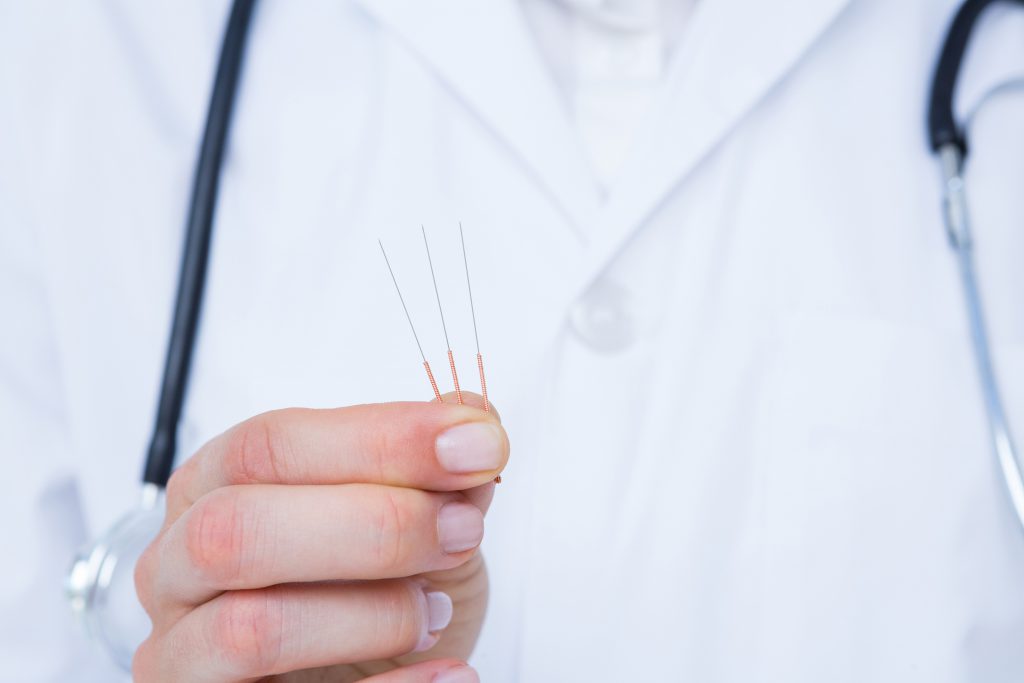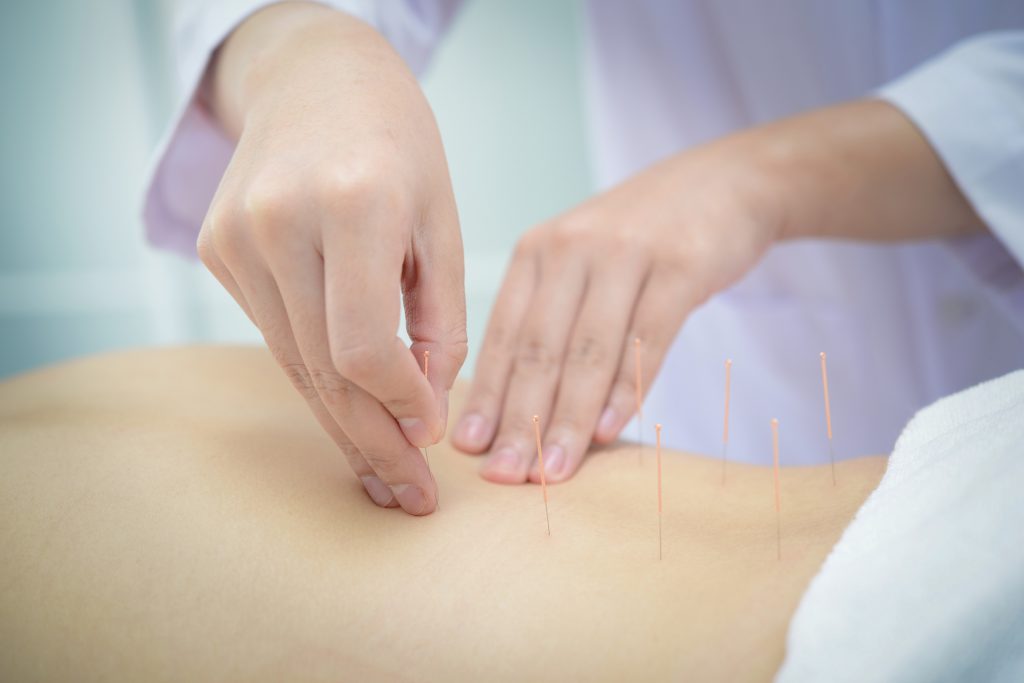Acupuncture Guide
What is Acupuncture?
Acupuncture is the procedure of inserting and manipulating needles into various points on the body to relieve pain or for therapeutic purposes. China is where acupuncture originated. It was invented approximately a thousand years ago as a medicinal practice and is still in demand these days.
How does Acupuncture work?
Plenty of clinical research indicates that acupuncture can help with relieving different kinds of pain including headaches, migraines, lower back pain, knee pain and hip pain. Apart from China and other Asian countries, acupuncture is being practiced in the West as a treatment option for the aforementioned types of pain.
“Why does acupuncture work?” is a question many are skeptical with. Acupuncture usually triggers the release of happy hormones called endorphins and can regulate your emotions because it mitigates the pain of your body. While most patients have less strain and achieve a general well-being after the treatment, it normally takes a few sessions to get massive outcomes.
During the treatment, if you have any slight pain or discomfort, you are experiencing de-qi (‘dee chee’). In accordance with Traditional Chinese Medicine (TCM), this means the treatment is effective. Therefore, do communicate your sensations with the acupuncturist before and during the treatment.

Examples of Acupuncture Methods
Here are some methods of acupuncture techniques used by professional acupuncturists:
1. Cupping is when the acupuncturist uses glass cups placed against your skin upside down. According to traditional Chinese medicine, the suction from the cup encourages blood flow and promotes free-flowing qi.
2. Ear Acupuncture is believed to have very different effects than traditional acupuncture. It’s often used specifically to treat anxiety, addictions (such as smoking and alcohol drinking), and weight loss. This treatment is sometimes referred to as auricular acupuncture.
3. Electroacupuncture is when the specialist connects a few of the needles to a device. The device sends an electrical current (a very weak one. Don’t worry.) designed to stimulate the effect of the needles. Many acupuncture patrons swear by this method, saying it greatly enhances the effects of the treatment.
4. Herbal Acupuncture is when the aromatic and healing nature of specific herbs adds to the experience and positively affects qi. Herbs used during acupuncture can come in capsule form, pill form, or tea form. They are also sometimes burned for aromatic effect.
5. Laser Acupuncture is when needles are substituted entirely for lasers and purportedly offer the same affect. This is primarily used for people who get squeamish at the thought of needles in their skin.
6. Last but not least, Moxibustion is when the specialist holds heated sticks next to the needles for further stimulation and warmth. The sticks usually originate from dried herbs. This gives off a nice scent in addition to providing additional health benefits.
Are there any side effects for Acupuncture?
Yes. Perhaps you may experience any of the following: bleeding, dizziness, fainting, infections, nausea or skin rashes. But it’s not likely to happen.
Our Advice
If you have any pre-existing medical conditions, consult a doctor before proceeding with acupuncture. Be especially mindful of this if you have a bleeding disorder.
Unlike chiropractor and physiotherapy, you are not required to get a referral letter from your GP before your health insurer cover your acupuncture costs.
Always ensure that your acupuncturist is licensed and trusted by someone you trust. Besides, double check with the practitioner whether the needles are completely sterilized every time before use.


